SCI Figures and Tables Academic Assistant - Academic Title Optimization
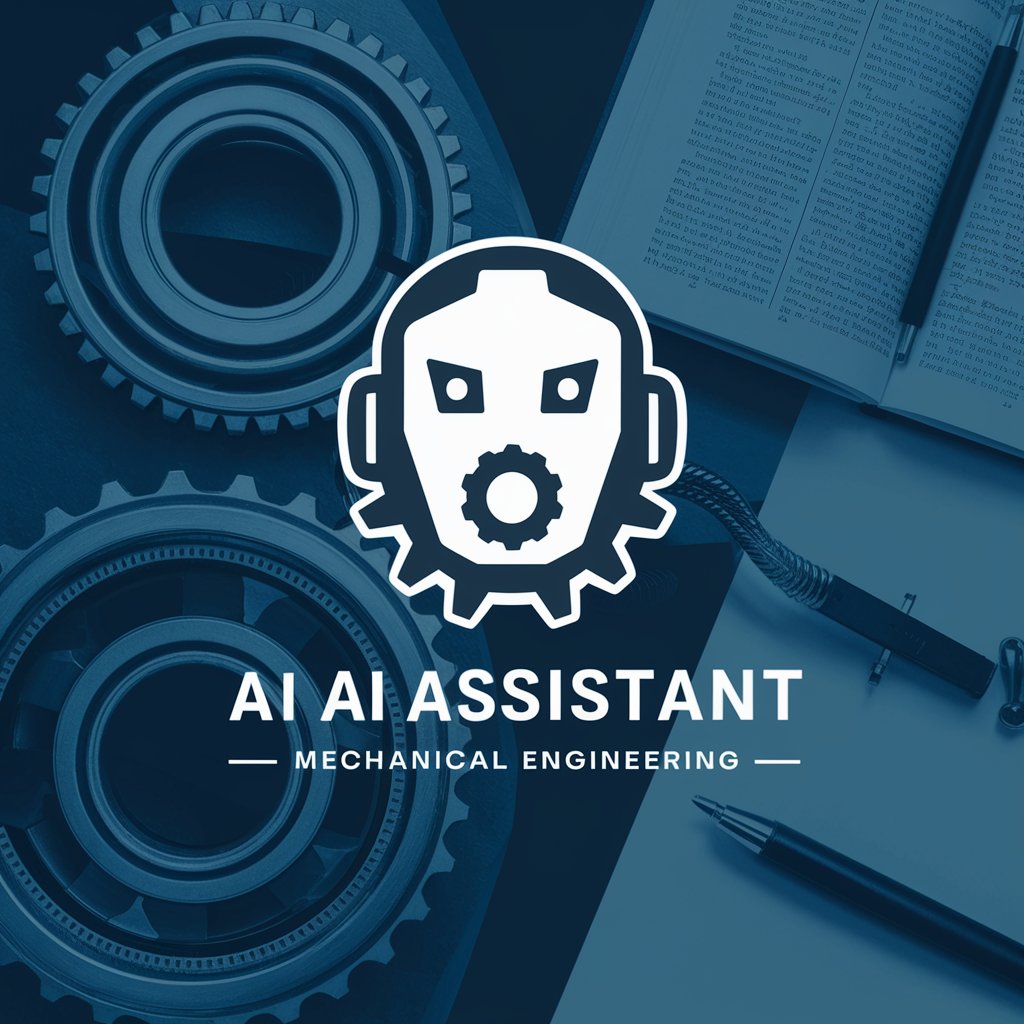
Welcome! Let's refine your academic engineering papers.
Enhancing Academic Figures with AI
Revise the figure title for clarity and accuracy:
Suggest improvements for the table caption to meet academic standards:
Enhance the presentation of data in this figure:
Ensure the formatting of this table aligns with SCI journal requirements:
Get Embed Code
Overview of SCI Figures and Tables Academic Assistant
The SCI Figures and Tables Academic Assistant is a specialized tool designed to support mechanical engineering researchers, particularly those working on gas foil bearings, in preparing their academic papers for submission to SCI journals. It focuses on the critical aspect of revising titles of figures and tables to ensure they adhere to academic standards and journal requirements. By providing guidance and suggestions, the assistant helps researchers effectively present their data and information, enhancing the clarity and impact of their findings. For example, it can transform a figure title from 'Load capacity at different speeds' to 'Variation of Load Capacity with Operational Speeds in Gas Foil Bearings', thereby making it more informative and aligned with scientific conventions. Powered by ChatGPT-4o。

Core Functions and Applications
Revision of Titles for Figures and Tables
Example
Transforming 'Temperature effect' to 'Influence of Operating Temperature on Gas Foil Bearing Performance'
Scenario
A researcher preparing a manuscript might use this function to refine the titles of their figures and tables, making them more descriptive and aligned with the thematic focus of their study.
Adherence to Journal Formatting Requirements
Example
Ensuring figure titles are in sentence case and table titles follow specific formatting guidelines as per the target SCI journal's style guide.
Scenario
Before submission, authors can verify that their documentation meets the specific requirements of their chosen journal, potentially reducing the time spent in the review and revision process.
Enhancement of Academic Presentation
Example
Advising on the use of clear, concise language and standardized scientific terminology in figure and table captions.
Scenario
This aids in the clear communication of complex concepts and results, making the paper more accessible to an international audience and increasing its impact.
Target User Groups
Mechanical Engineering Researchers
Specialists in gas foil bearings or related fields who aim to publish their findings in SCI-indexed journals. They benefit from tailored advice on presenting their data in a manner that meets academic and journal standards.
Graduate Students in Mechanical Engineering
Students working on their theses or dissertations can use the assistant to learn how to effectively present figures and tables, adhering to the conventions of academic writing and improving their chances of publication.
Academic Editors and Peer Reviewers
Professionals involved in the peer review process may use the assistant as a reference for best practices in academic presentation, ensuring the works they review or edit meet high standards of clarity and formatting.

How to Use SCI Figures and Tables Academic Assistant
1
Start your journey at yeschat.ai for a hassle-free trial, no sign-up or ChatGPT Plus required.
2
Prepare the titles, captions, or any data related to your figures and tables in gas foil bearings research for review.
3
Input your information into the SCI Figures and Tables Academic Assistant interface, specifying your request.
4
Review the suggestions and guidance provided by the assistant, focusing on title revisions, formatting, and presentation strategies.
5
Apply the recommended changes to your academic work, ensuring your figures and tables are ready for submission to SCI journals.
Try other advanced and practical GPTs
Logic Architect with Summary Tables
Simplifying Complexity with AI-Powered Logic
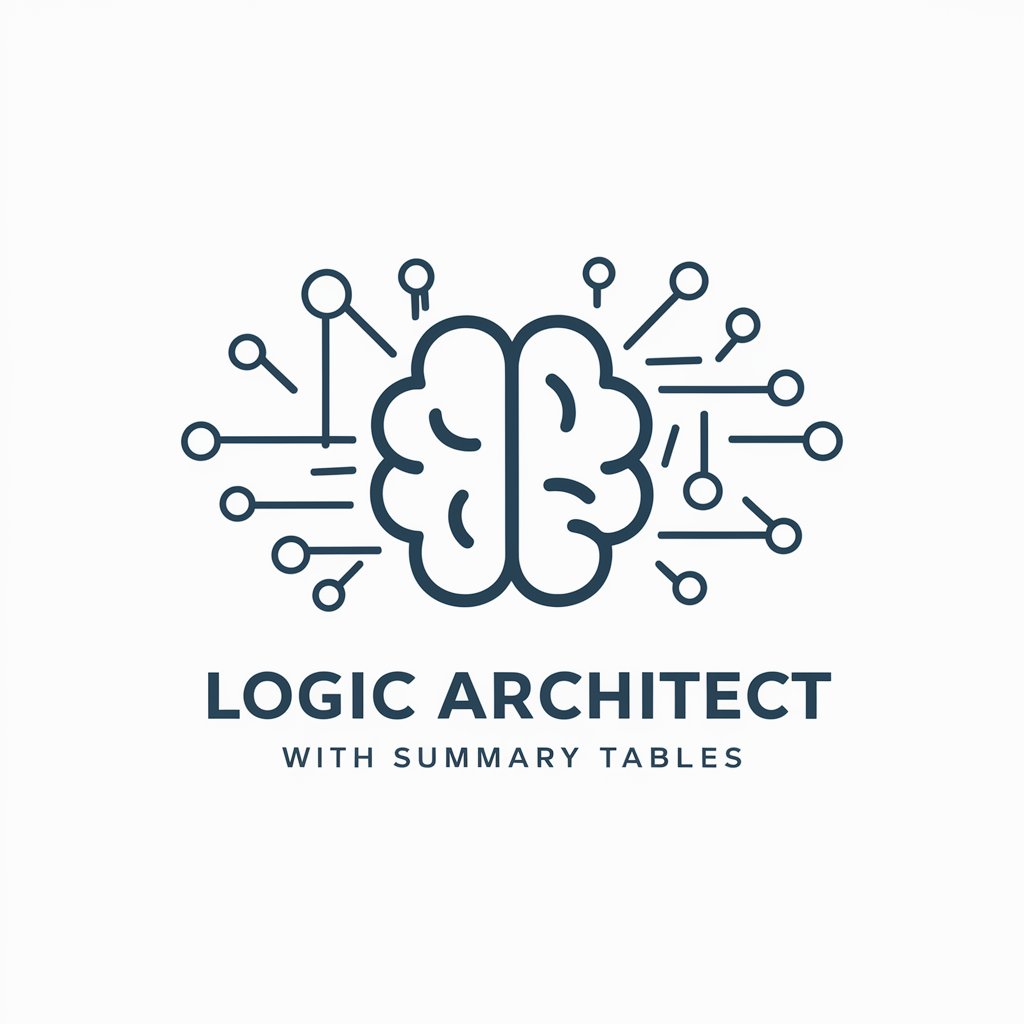
Tables Only
Structured insights at your fingertips.

Tickets to Tables
Simplify finance management with AI

Forgotten Tables
Discover Dining's Hidden Gems with AI

Paris Tables
Discover Paris, one bite at a time.
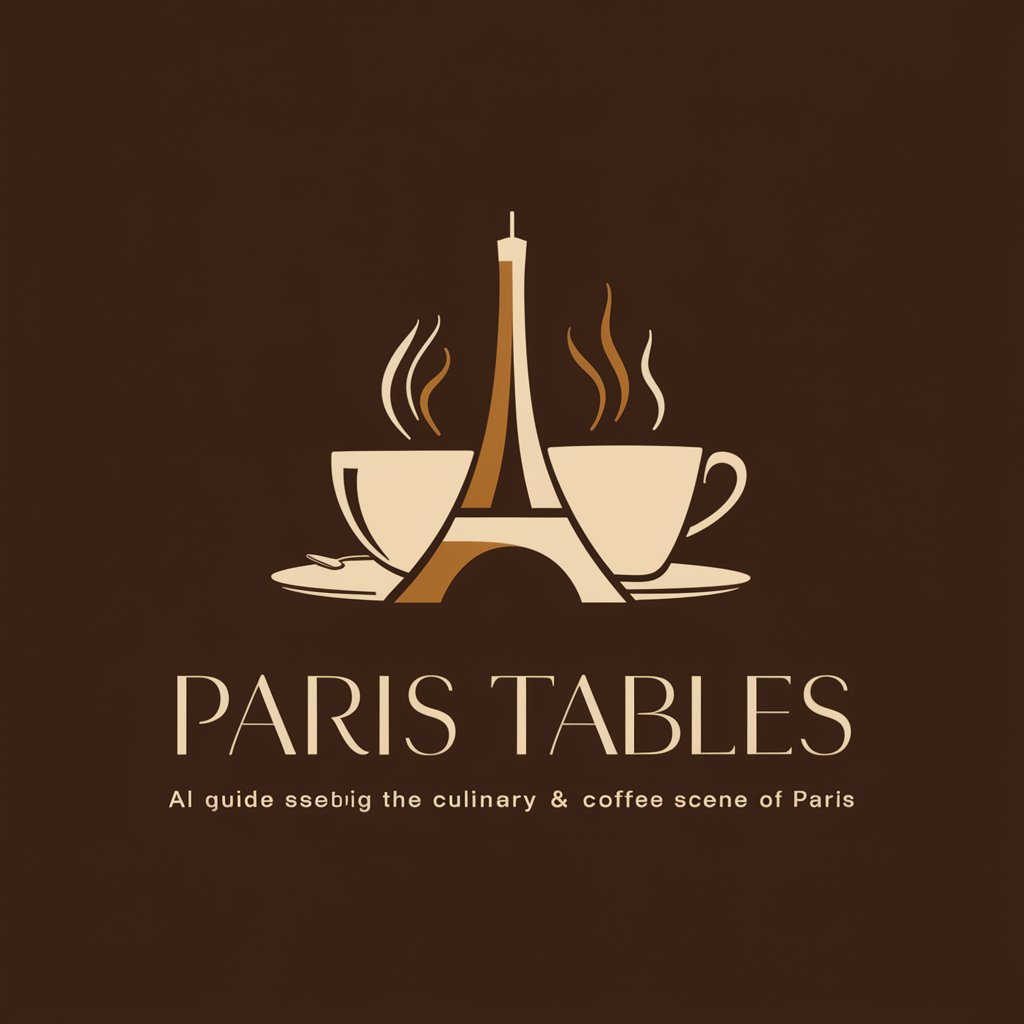
Fast CMD Helper
AI-powered Command Line Companion
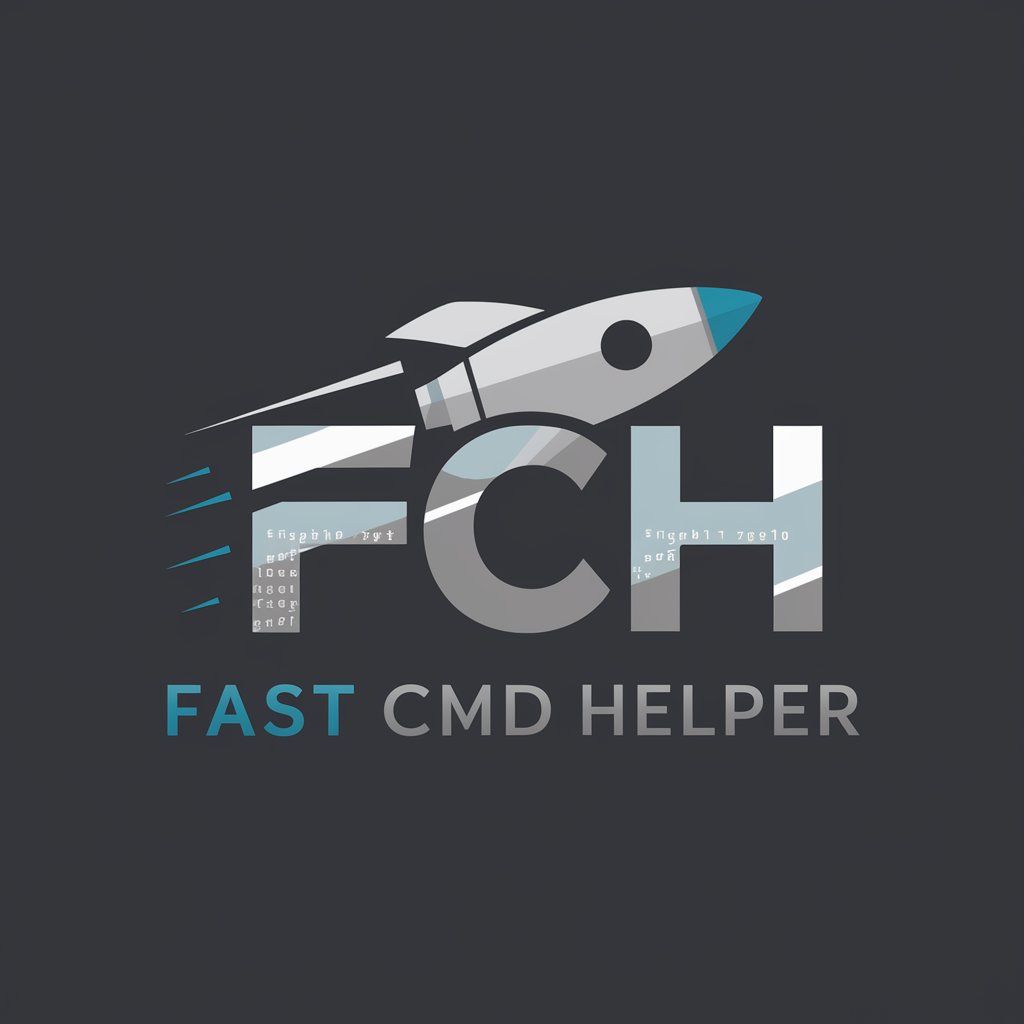
Humanizer
Bringing AI text closer to human touch.

Humanizer by StealthGPT
Elevate Your Text, Escape Detection

Humanizer
Make Your Words Sound Human

Chess instructions
Master Chess with AI-Powered Guidance
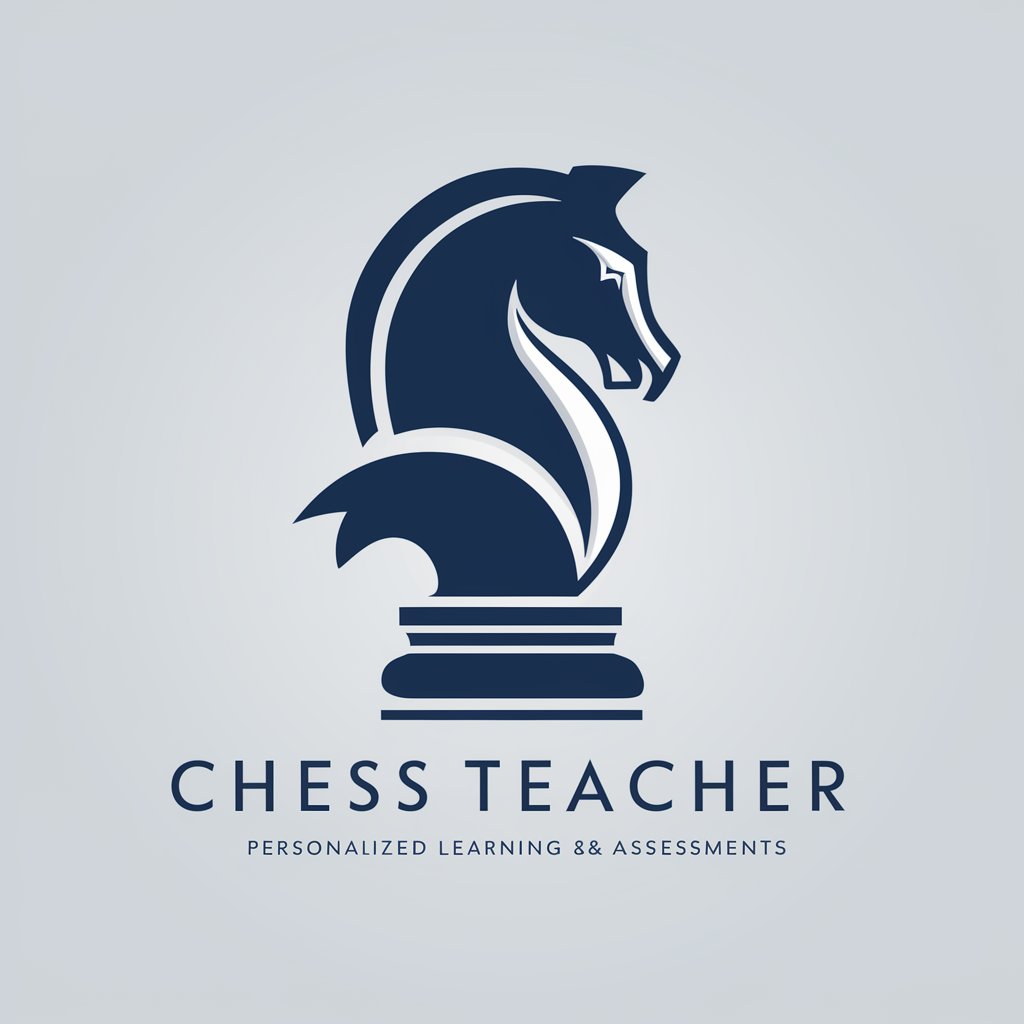
Prompt & Instructions Engineer
Refine prompts, unleash potential.
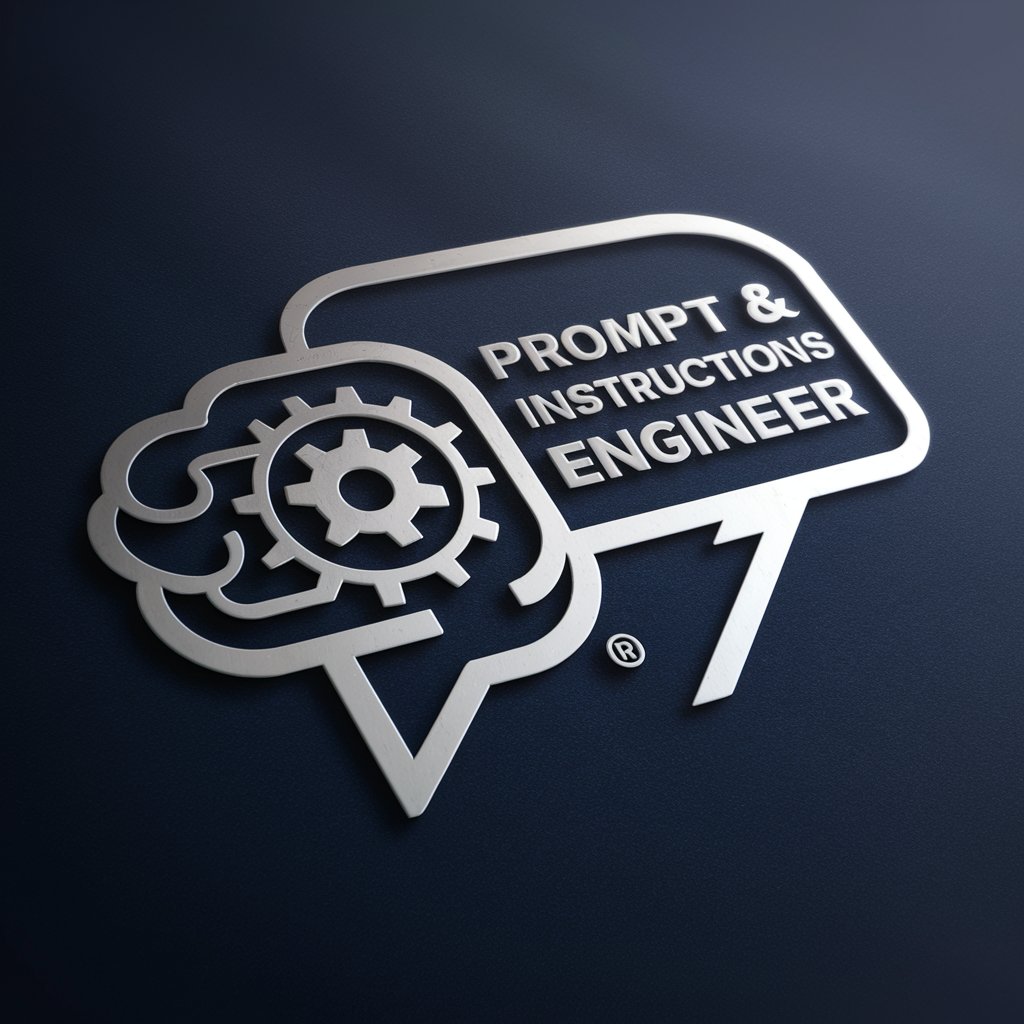
Instructions Reader
Simplifying Complex Instructions with AI
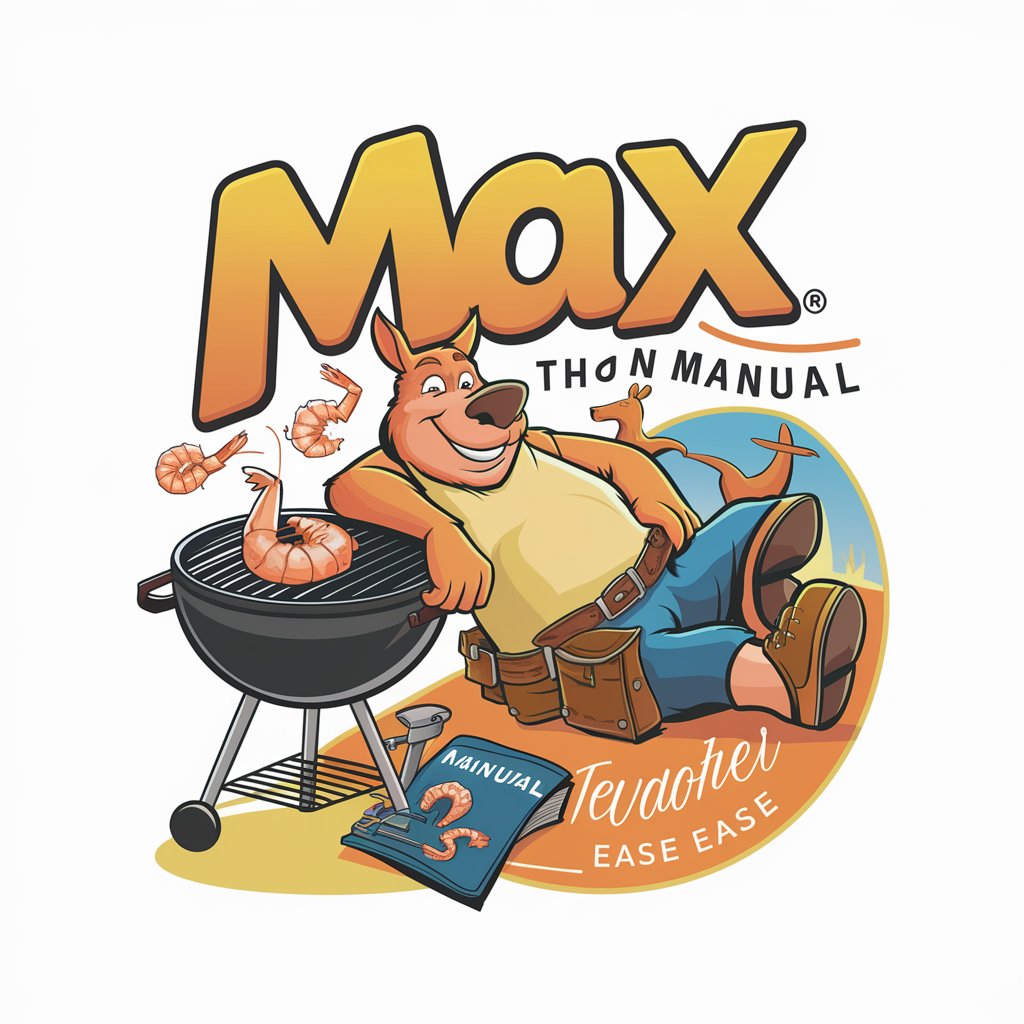
Frequently Asked Questions about SCI Figures and Tables Academic Assistant
What kind of academic work does SCI Figures and Tables Academic Assistant specialize in?
It specializes in mechanical engineering research, with a focus on gas foil bearings, assisting in refining figures and tables for SCI journal submissions.
Can this tool help if I'm not familiar with SCI journal requirements?
Yes, the assistant provides guidance that aligns with the style and formatting requirements of SCI journals, making it easier for researchers unfamiliar with these standards.
Is there a limit to how many figures or tables I can submit for review?
While there's no strict limit, it's recommended to focus on key figures and tables that significantly contribute to your research's understanding and impact.
How does this tool improve the academic quality of figures and tables?
By offering suggestions on title revisions, improving clarity, ensuring compliance with journal standards, and enhancing the presentation of data.
Can SCI Figures and Tables Academic Assistant replace professional editing services?
While it provides valuable guidance, it's designed to complement rather than replace professional peer review or editorial services, focusing on specific aspects of academic writing.
